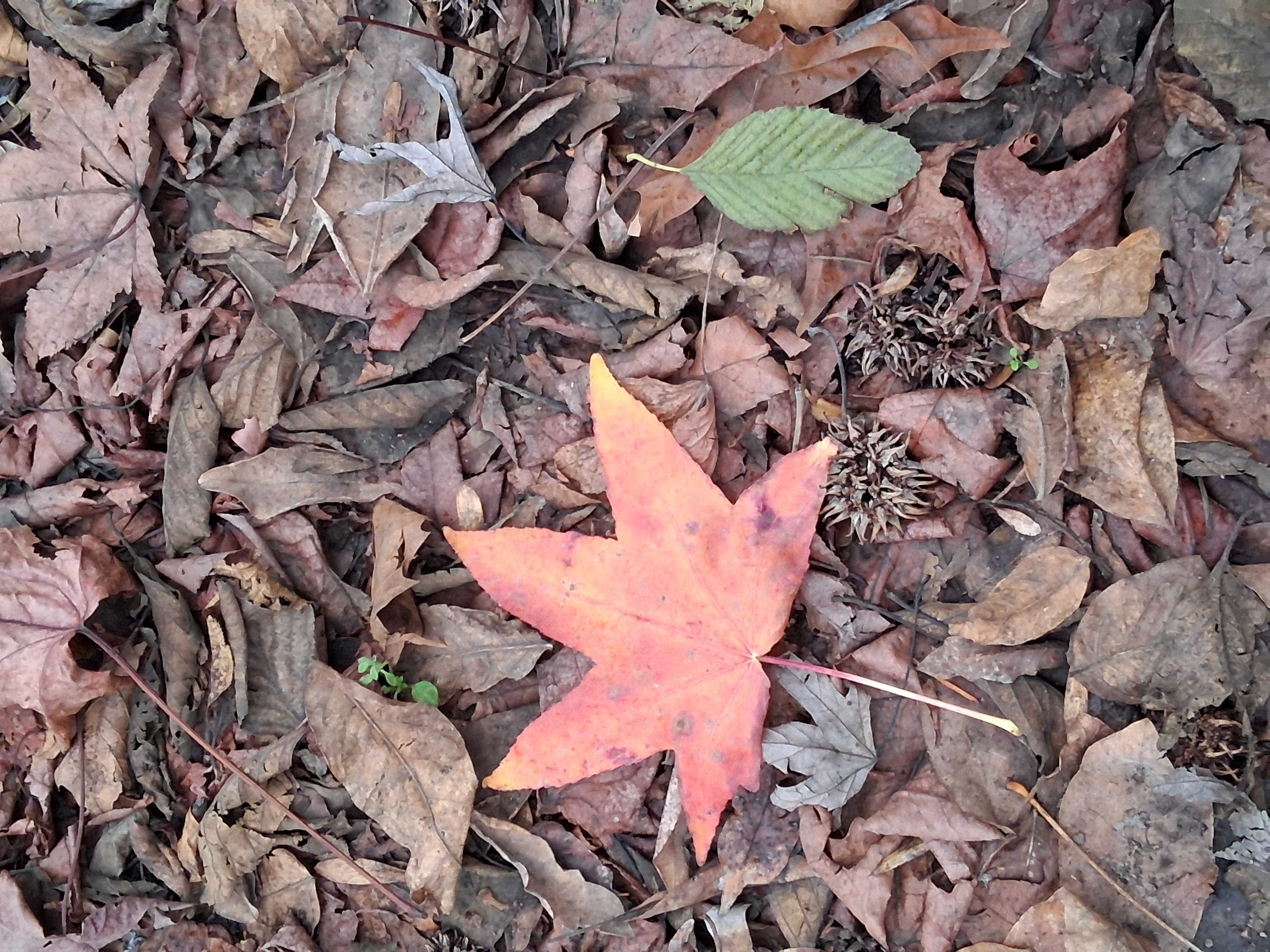
That’s what we called the Sweetgum seed pods when I was a kid.
From an article titled 2025 Was David Lynch, by Jessica Winter in the December 12, 2025, New Yorker newsletter comes the following in a discussion of the Lynch film, The Elephant Man. “[Lynch] was not an empathic director but, rather, an uncommonly compassionate one. The word compassion comes from the Latin for “to suffer with”; it means to be present in another’s suffering, which is, in essence, the experience of watching “The Elephant Man.”
[Continued . . .]
In Catholic theology, to be present in another’s suffering is a means of breaking down false divisions between people. Love and community are inconceivable without compassion, and a void of compassion made possible the sadness, despair, and horror that shaped this past year. That void makes our humanity feel contingent, negotiable. Are you an animal or a human being? Am I a good man or a bad man? In the film, Lynch dissolves the scene before the question is resolved. Outside the film, no one who should ask is asking.”
The Traveling Wilburys – George Harrison, Jeff Lynne, Bob Dylan, Roy orbison, and Tom Petty. [Click on Full Screen icon in the lower right corner to best appreciate the video]
The open road and the desert Southwest, especially Utah, are never out of my thoughts. [Photos ![]() Max Vollmer, Click on any image to enlarge]
Max Vollmer, Click on any image to enlarge]


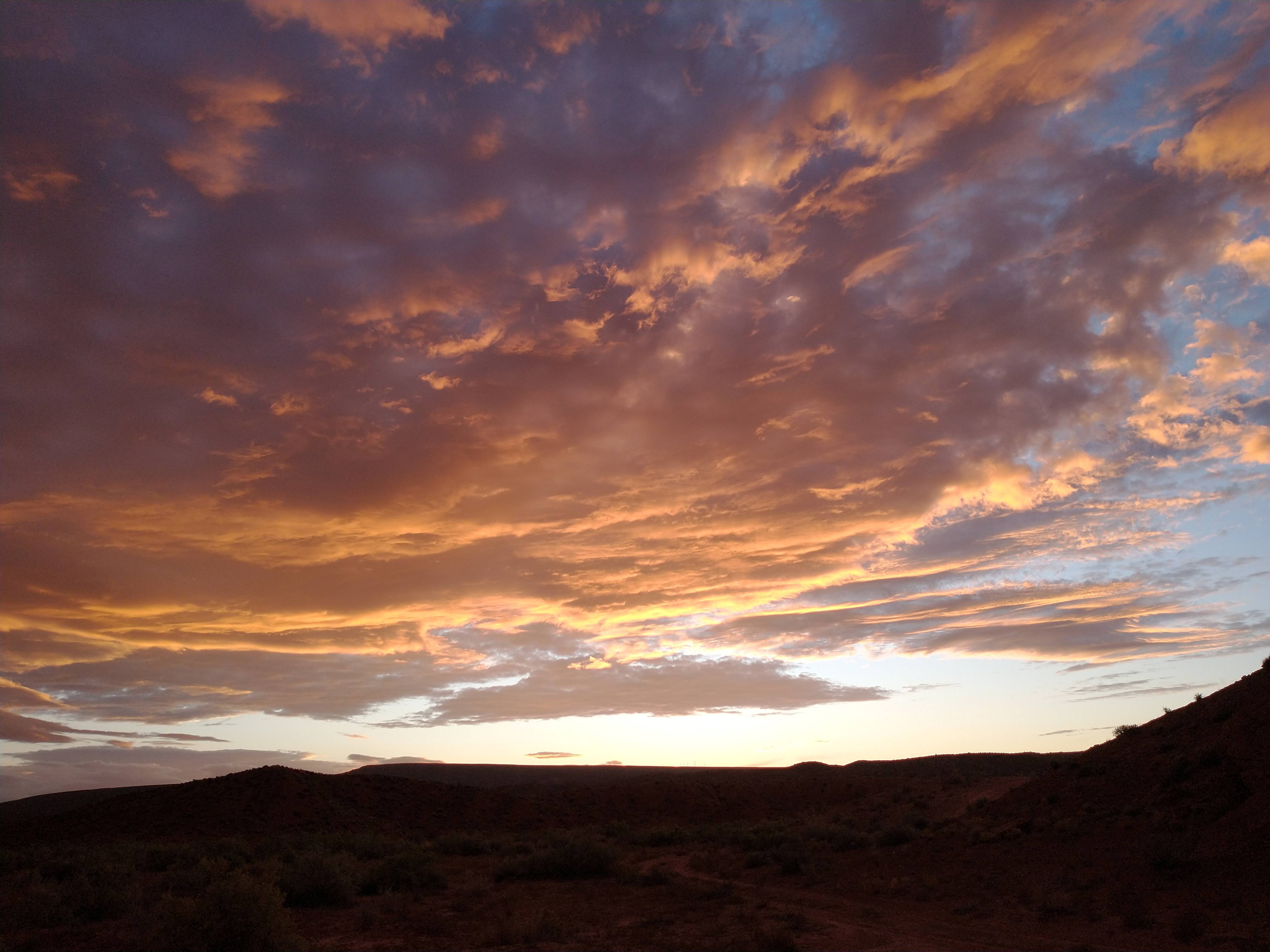
The young adventurer and lover of wild places, Everett Ruess, disappeared seemingly without a trace in 1934. He was last seen in Davis Gulch, southeast of Escalante, UT, but his body was finally found in 2008 still further south on Comb Ridge, a few miles west of Bluff, UT. Comb Ridge, is a steep ridge running due north from the San Juan River. After reading Ruess’s letters to friends and family, found in Everett Ruess, A Vagabond For Beauty, by W. L. Rusho, I can relate to his efforts to reconcile himself with the civilized world whenever he was alone in the wild one. Camped on the side of Navajo Mountain in San Juan Co., UT, on June 7, 1934, he wrote this: “I have always been unsatisfied with life as most people live it. Always I want to live more intensely and richly. Why muck and conceal one’s true longings and loves, when by speaking of them one might find someone to understand them, and by acting on them one might discover one’s self. It is true that in the world such lack of reserve usually meets with hostility, misunderstanding, and scorn. Here in isolation I need not fear on that score, though the strangers I do encounter usually judge me wrongly. But I was never one to be content with less than the most from life, and shall go on reaching, and leaving my soul defenseless to attacks.”
For more on his disappearance, murder, and discovery of Ruess’s remains 84 years later, see https://www.latimes.com/archives/la-xpm-2009-may-02-sci-ruess2-story.html
I love this! El Cascabel – The Bell. I was pleased to see that Springfield High School has a class in Mariachi music and I was able to hear their band play a set in matching outfits at Yapoah Terrace for the December Birthday Party. [Click on Full Screen icon in the lower right corner to best appreciate the video]
[Photos ![]() Max Vollmer, Click on any image to enlarge]
Max Vollmer, Click on any image to enlarge]
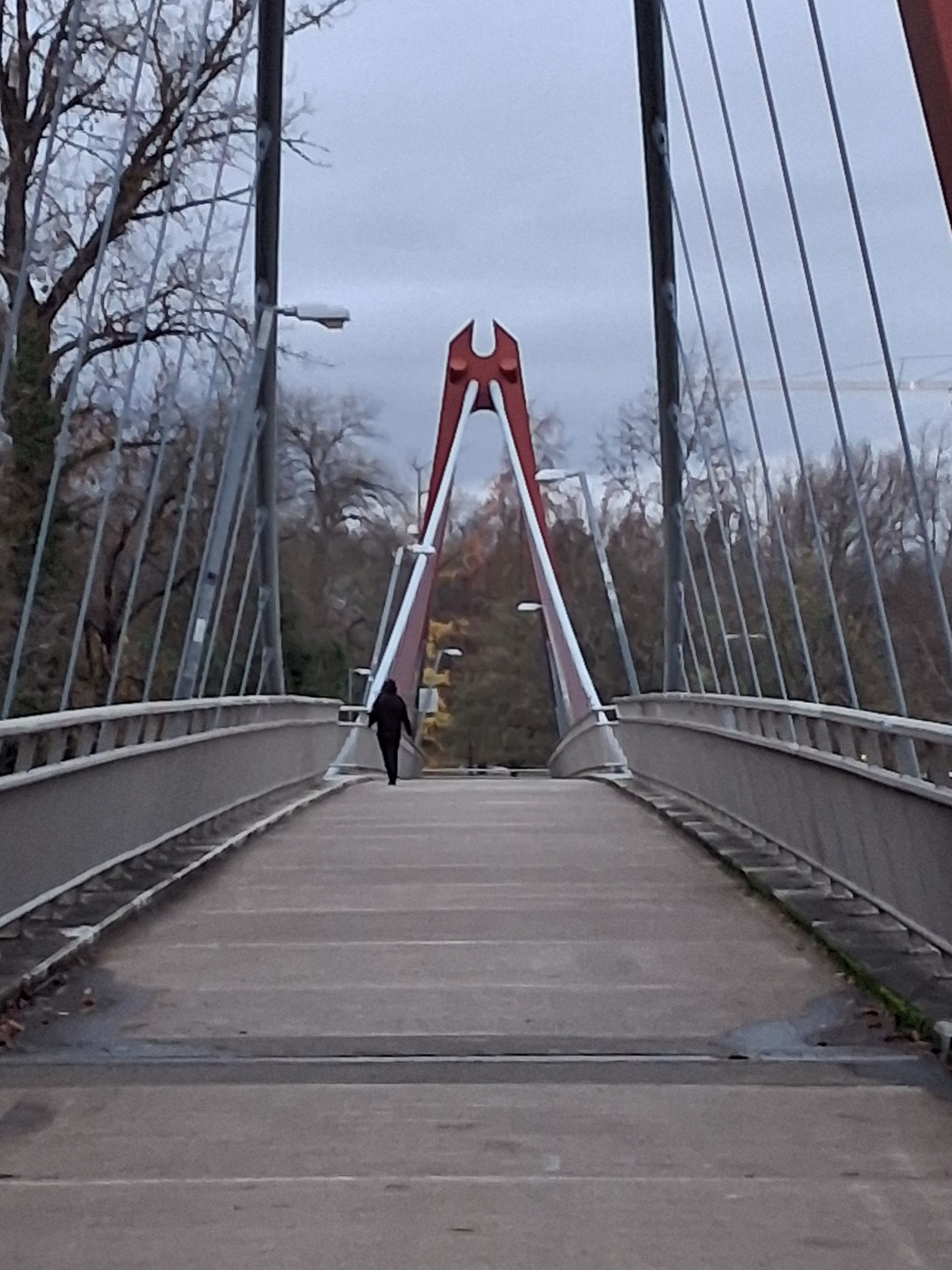

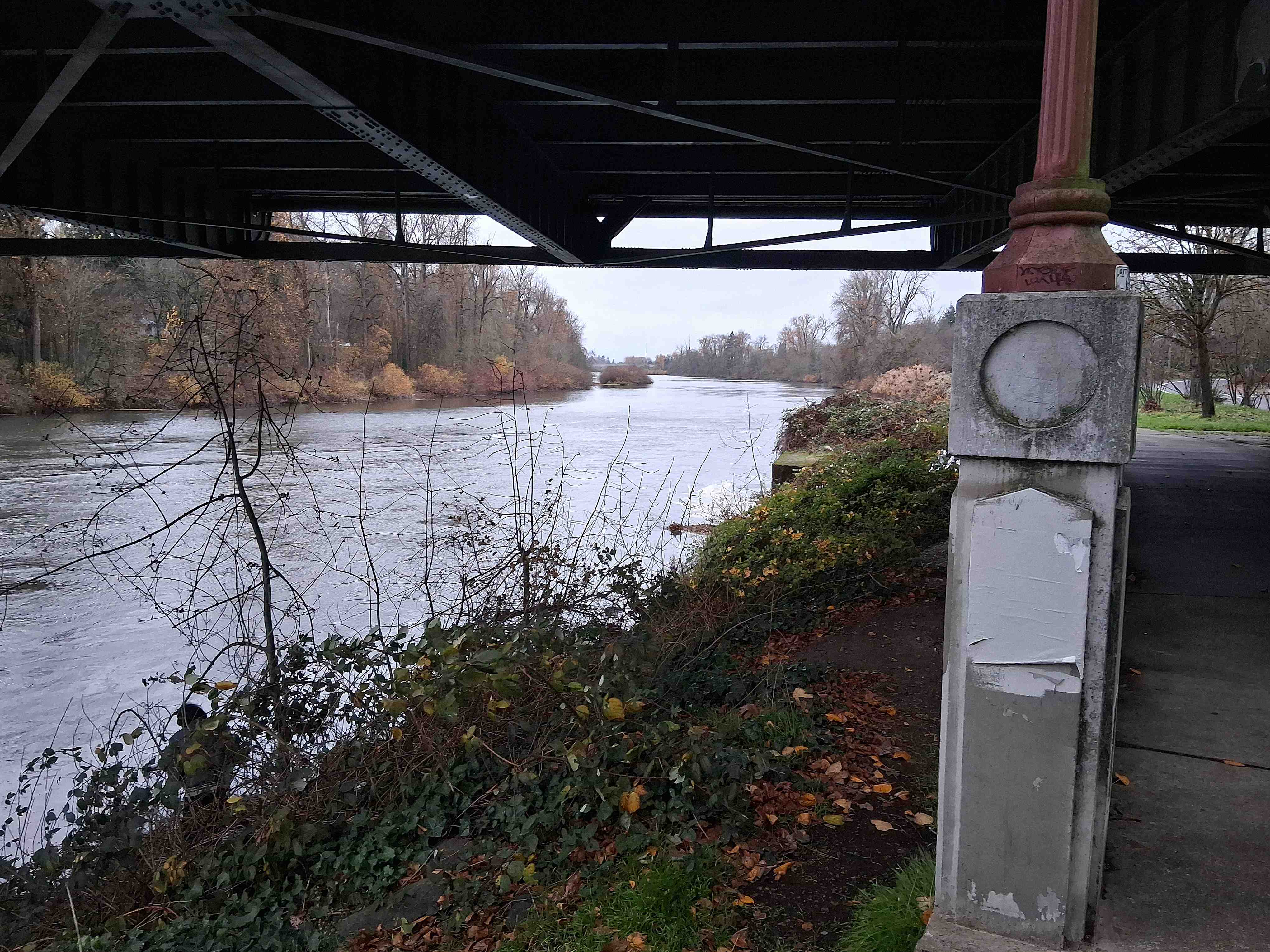
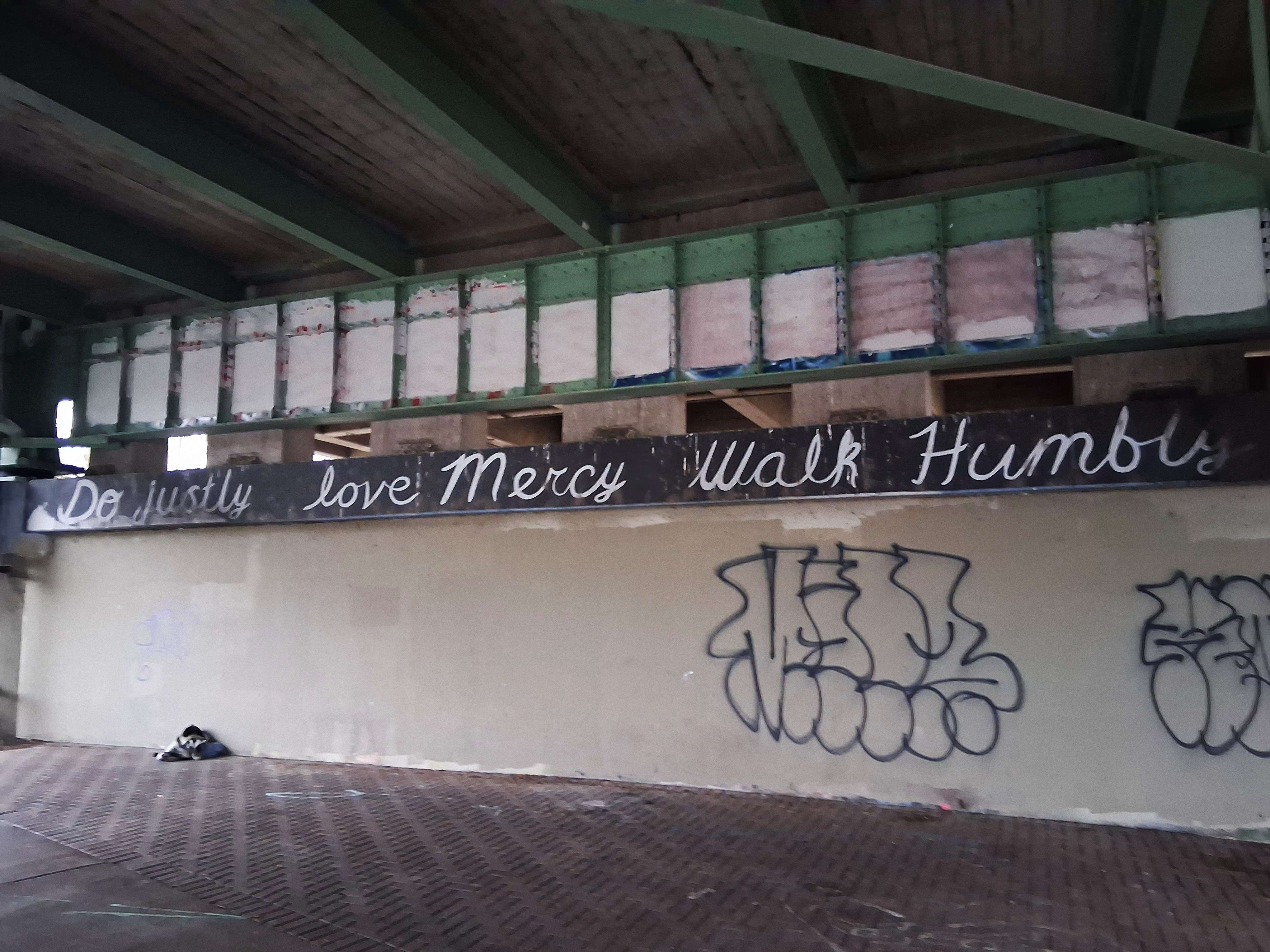
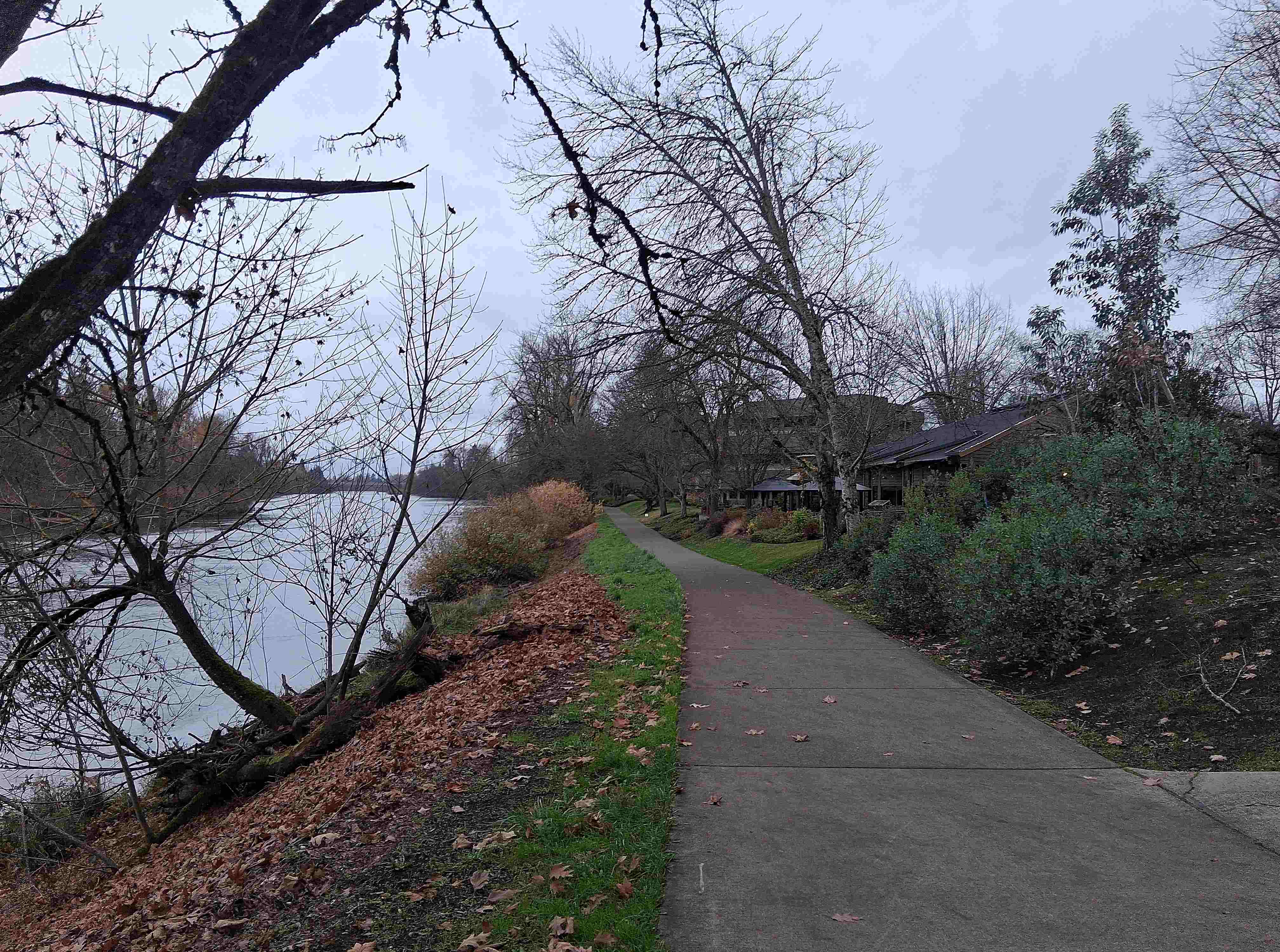
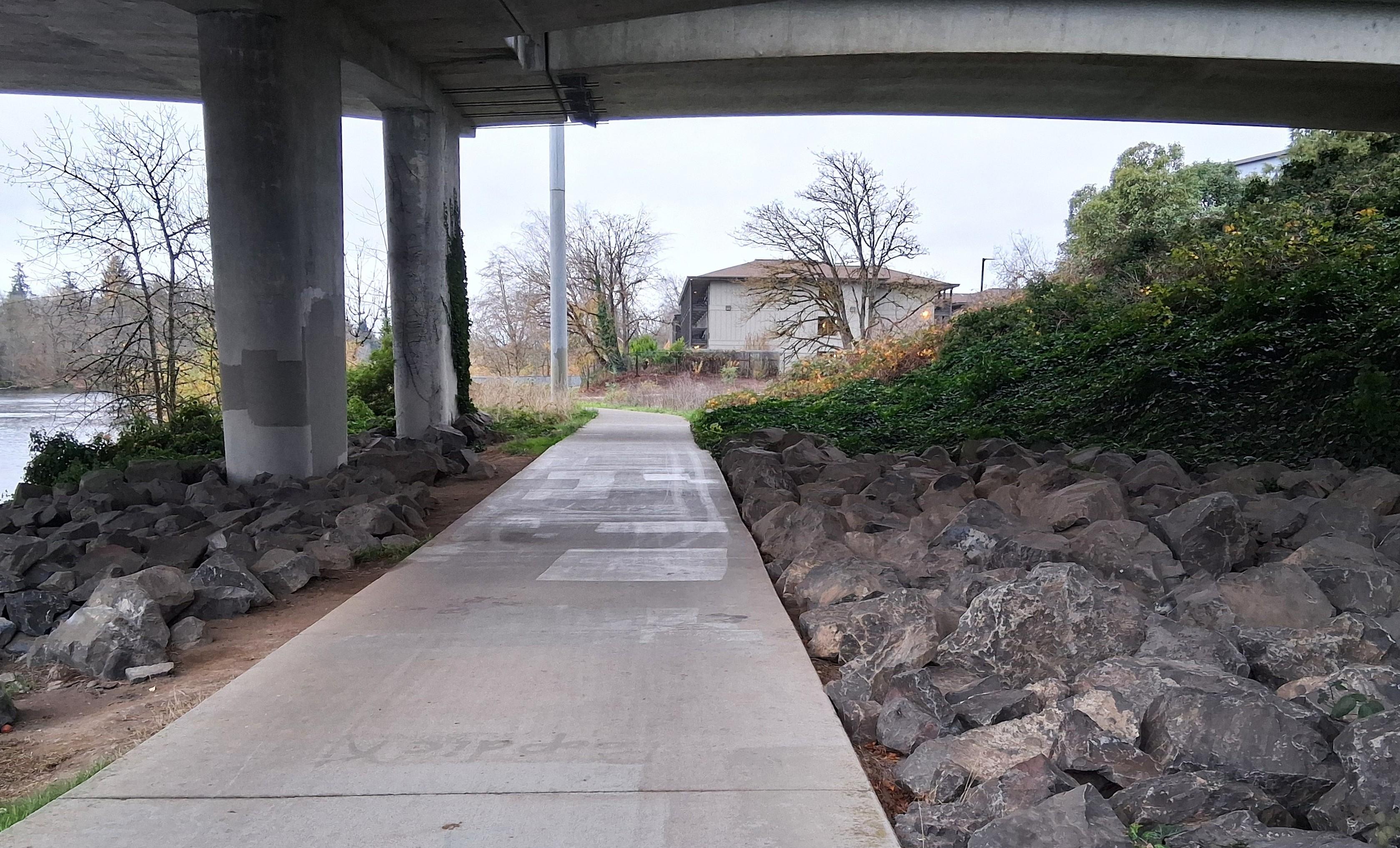
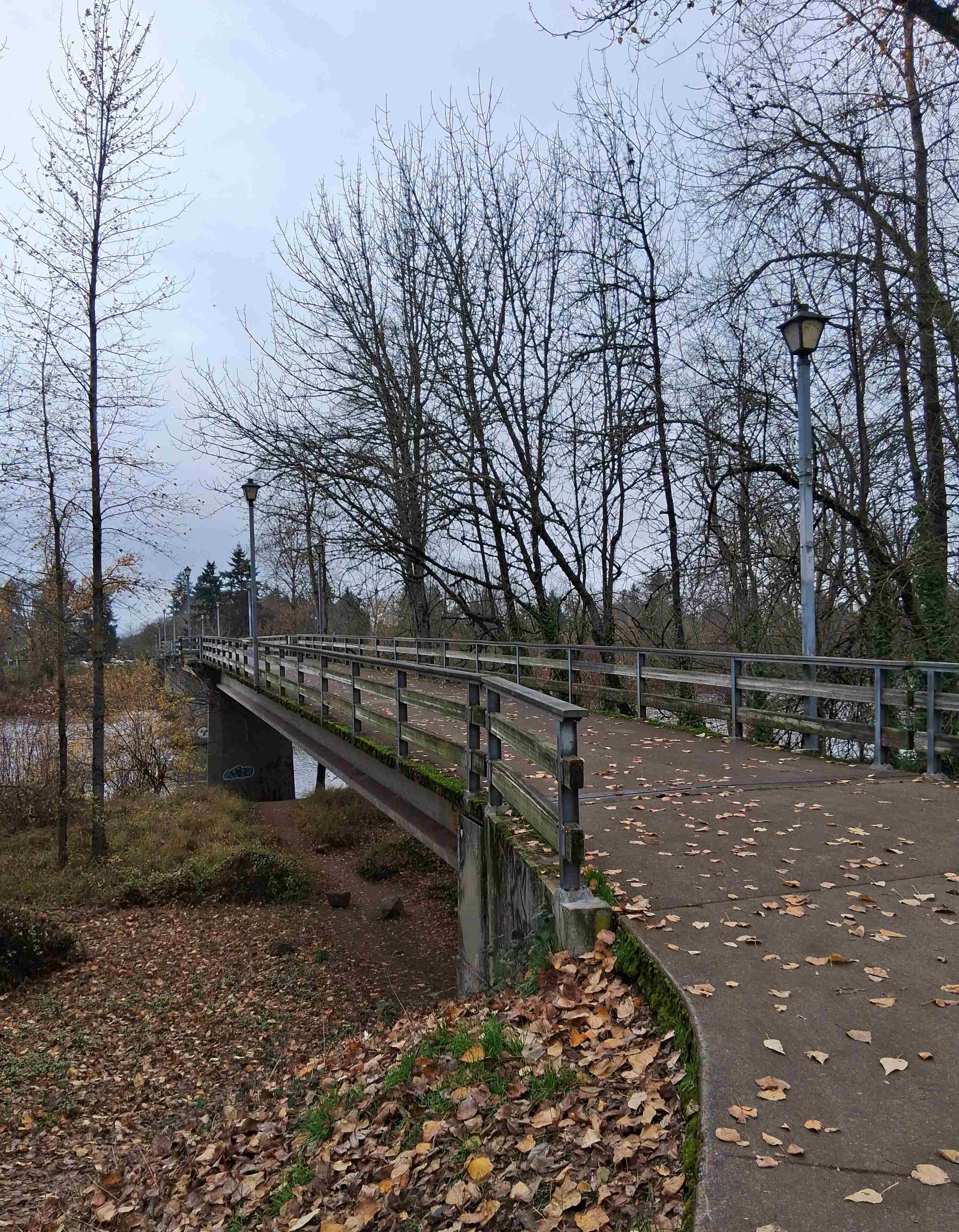
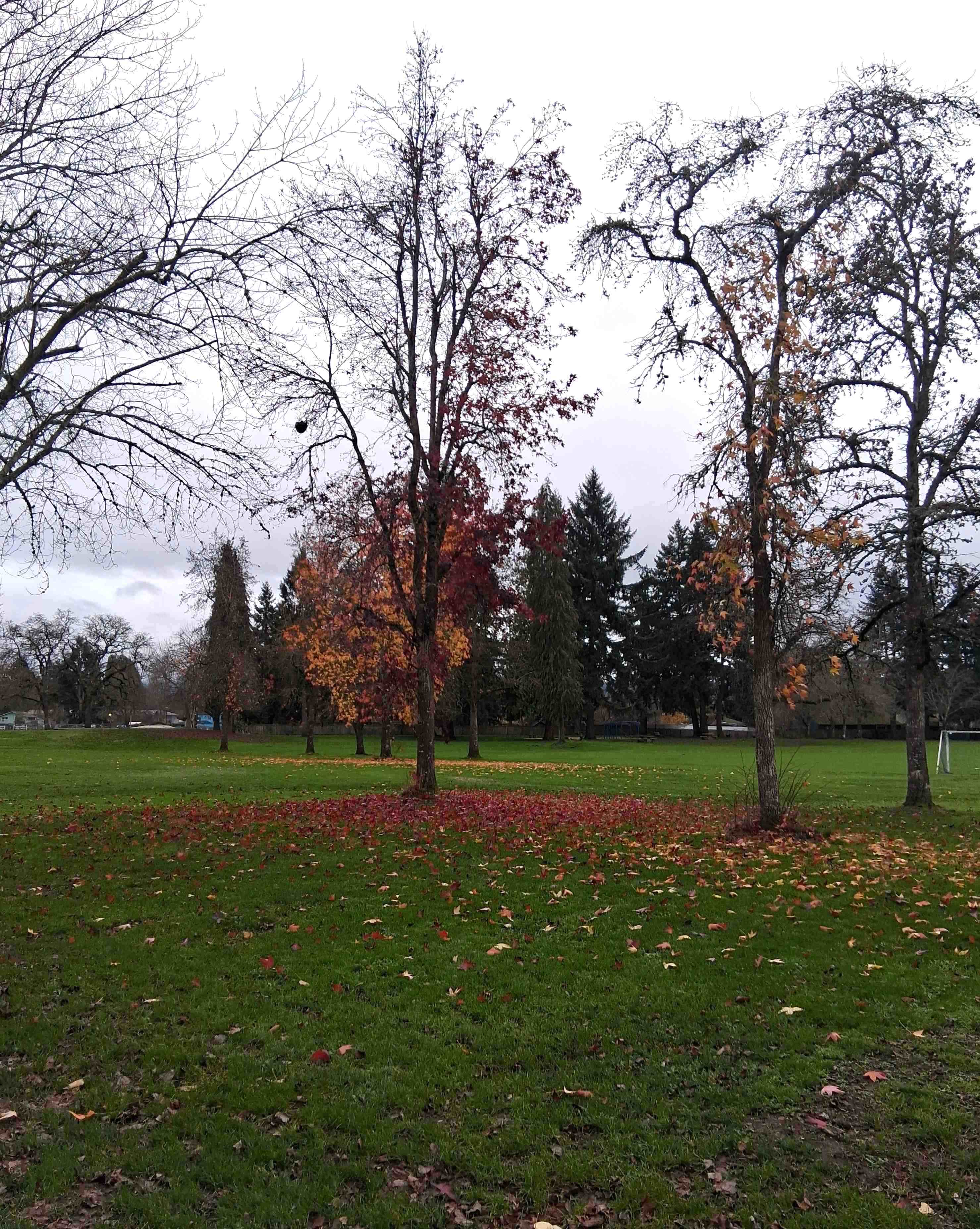
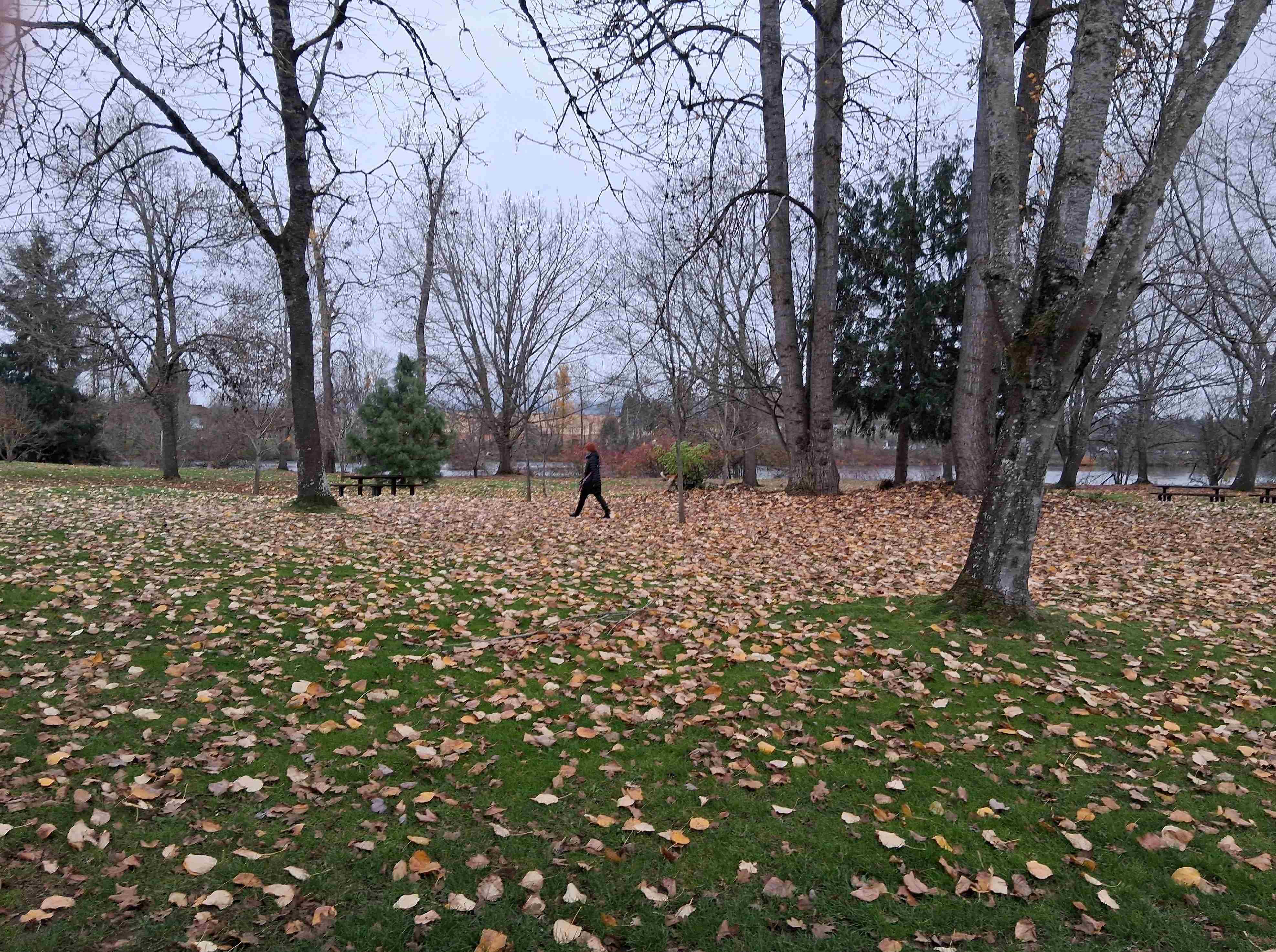
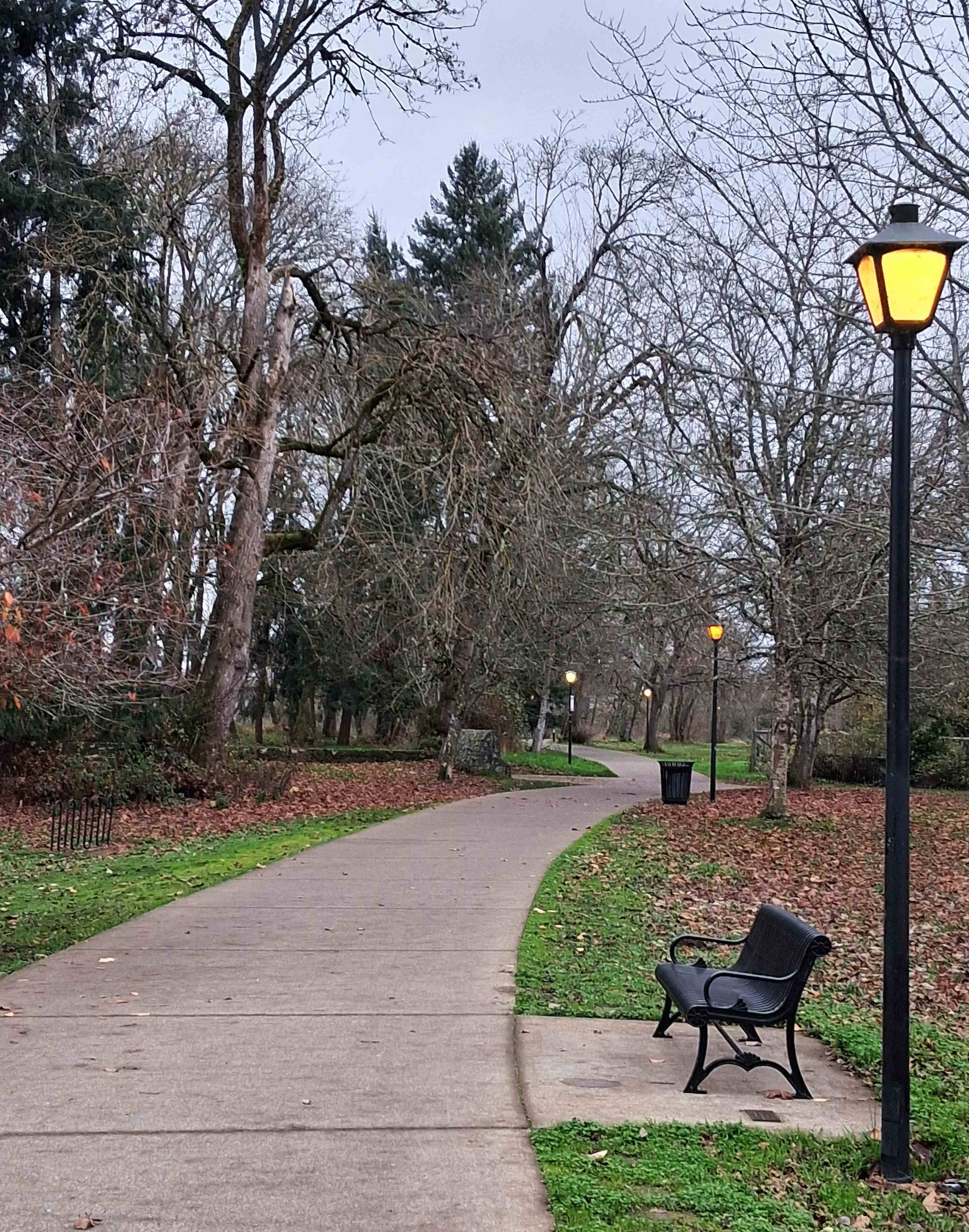
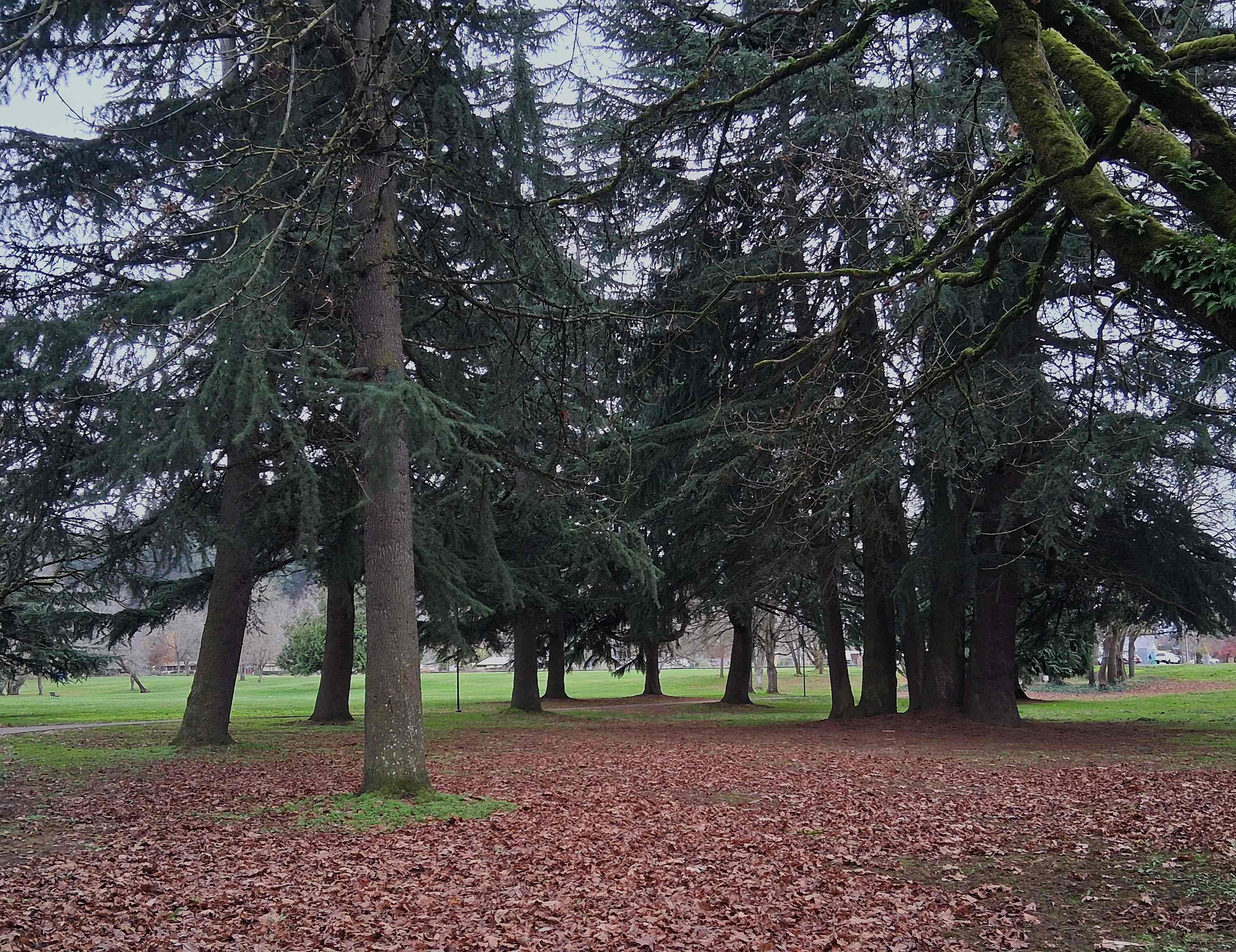
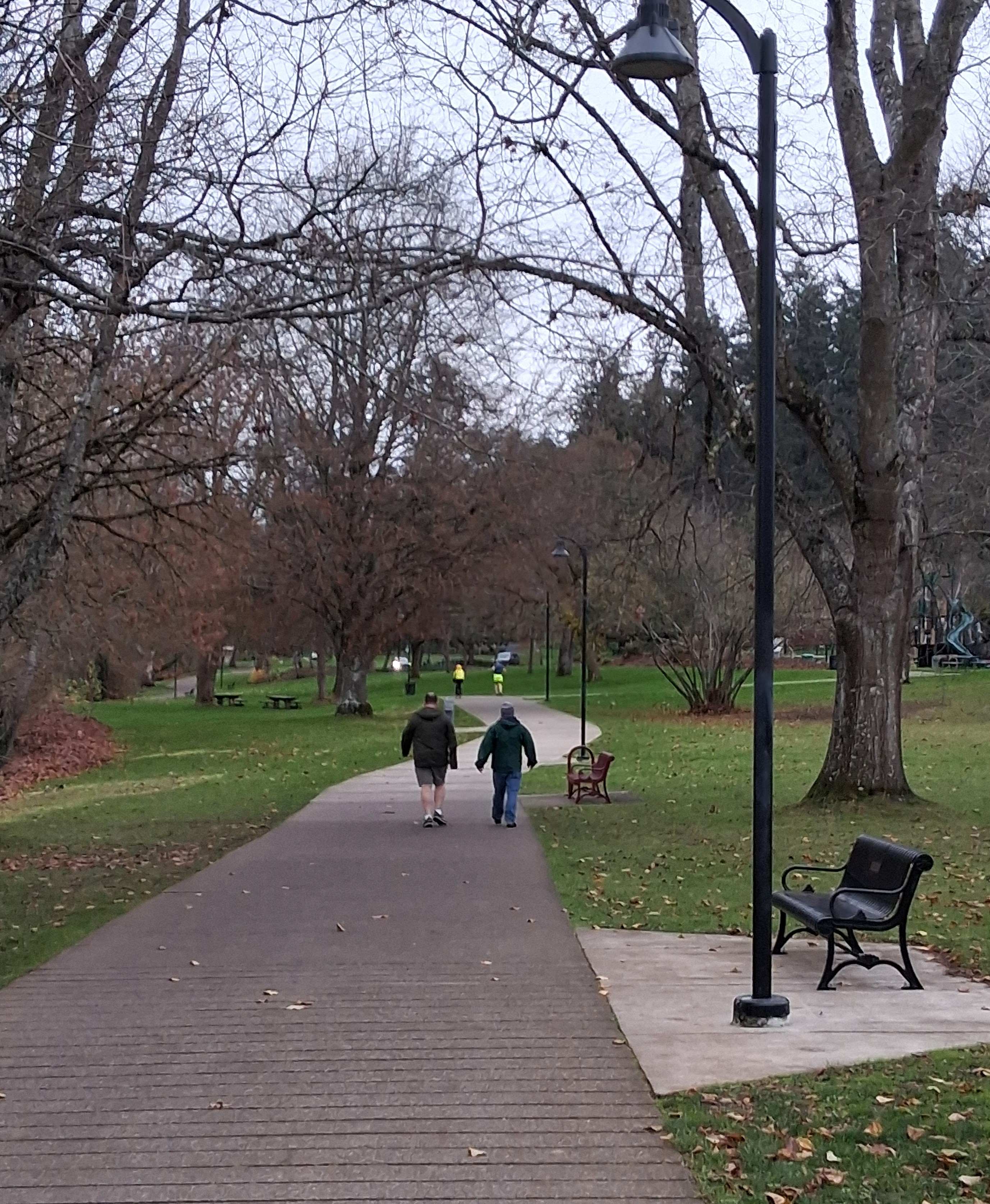
Light, Love and Life. [Click on Full Screen icon in the lower right corner to best appreciate the video]
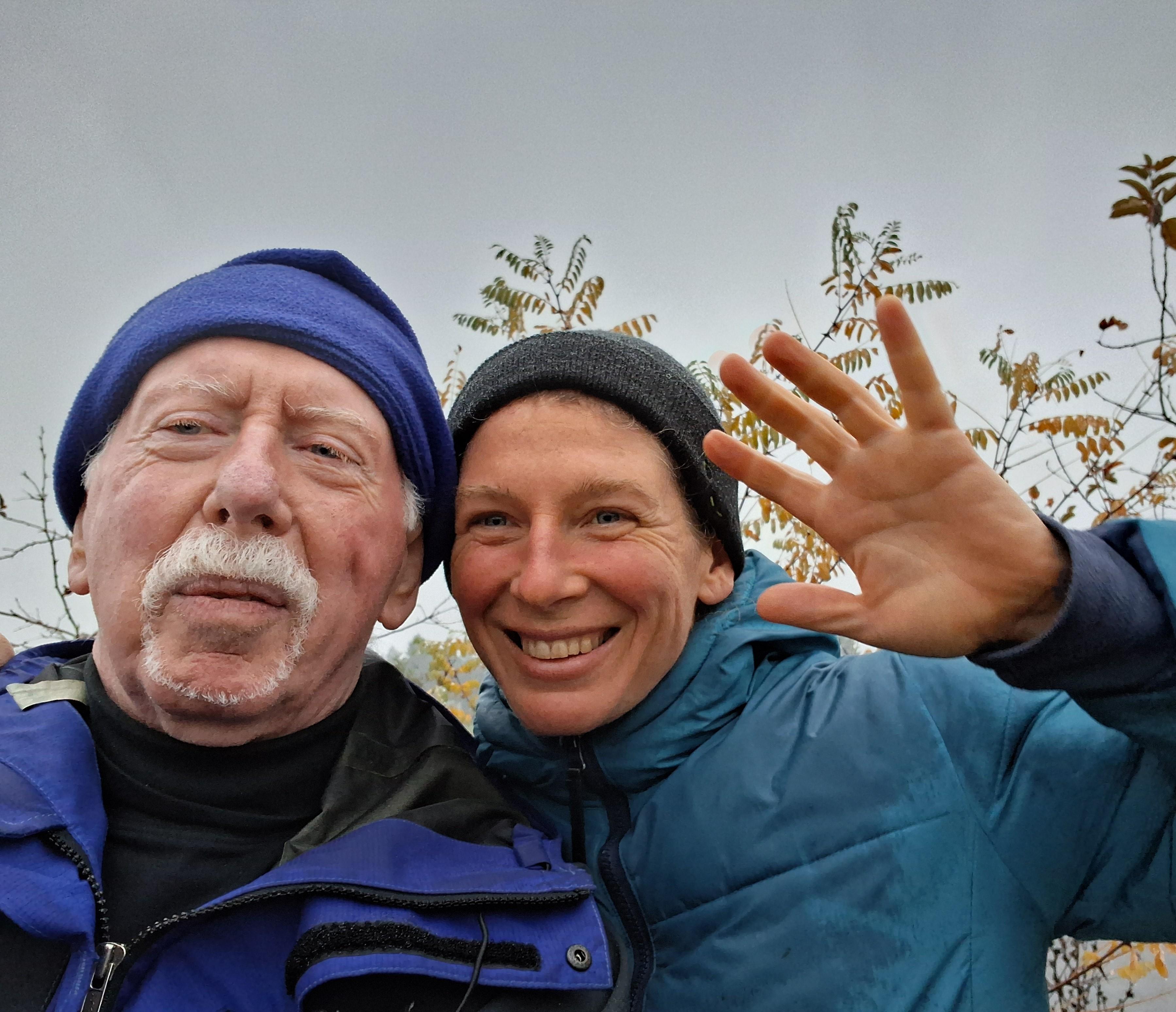
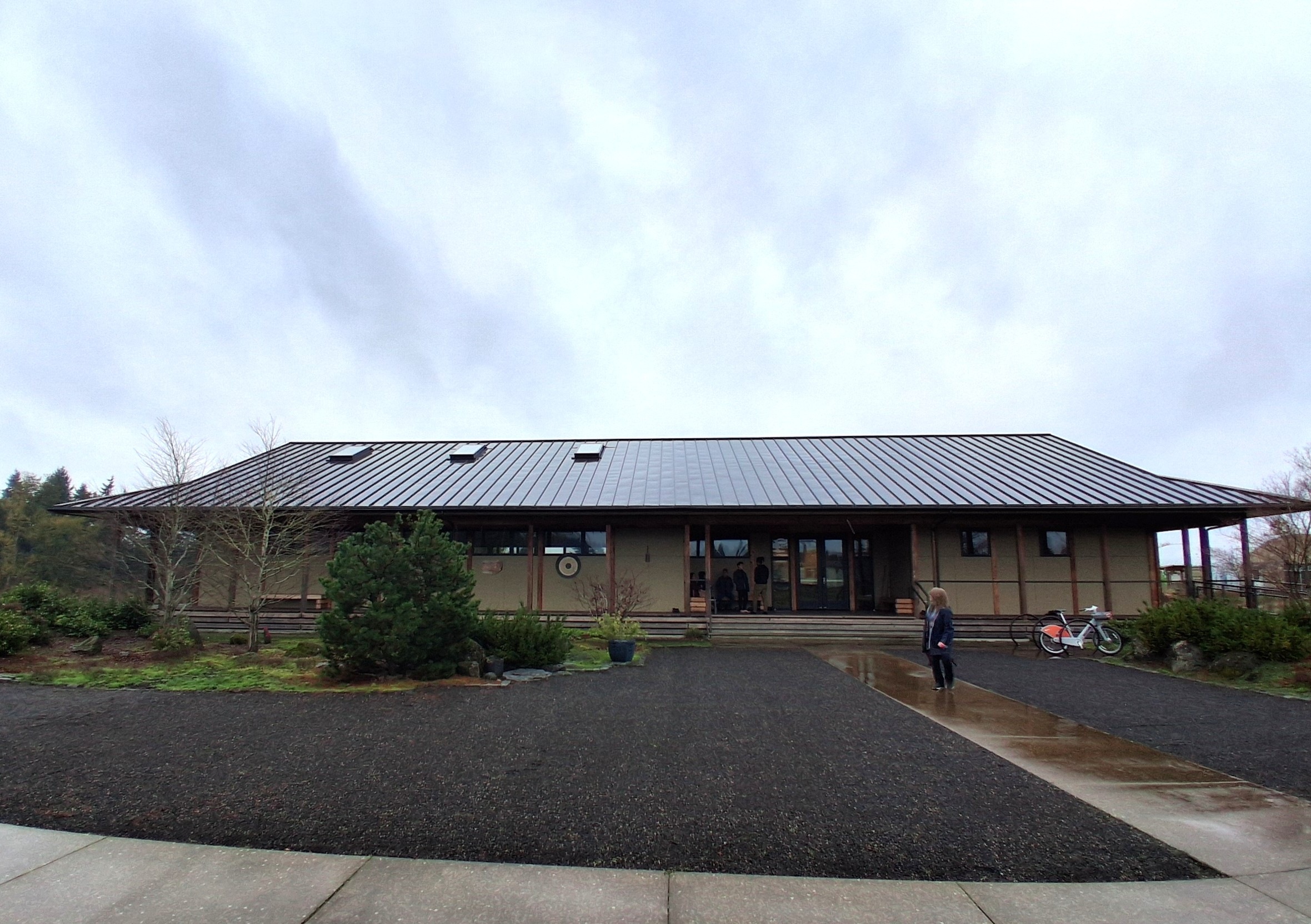
I spent this past Sunday with my daughter Yukyo at the Dharma Rain Zen Center in Portland, OR. Yukyo (her given name was Emily) is a resident at Dharma Rain and a student of Soto Zen Buddhism. The monestary was co-founded by Kyogen (Gary) Carlson with his wife Gyokuko Carlson in 1986. Kyogen had this to say about his Buddhist practice: “There is so much to learn and so much to know. It’s good to keep moving forward. And yet, whatever we have is, in a very profound way, absolutely complete and always enough.”
Most Sunday mornings at the Zen Center, following meditation, a Dharma Talk (a lesson or teaching) is given by an experienced member of the community. On this particular day the topic was Seeking Refuge. It began with a parable known as the Gift Fulfilling Jewel.
In this parable, two old friends, one wealthy and one poor, are eating and drinking wine together. The poor man drinks himself into a stupor and falls asleep. Early the next morning, the wealthy one must leave on business. Before he leaves, the wealthy friend sews a priceless jewel inside of the robe of his poor friend, who is still asleep. Later, the wealthy man comes across his friend, who is still living in poverty. He points out to his poor friend that all this time there has been a priceless gem hidden inside his robe and that he did not have to be living in poverty.
This parable shows, in simple terms, the principle that every human is endowed with infinite potential and inestimable worth. It teaches us that the key to overcoming the constraints of our present reality, whatever they may be, lies within ourselves.
A traditional Irish tune that appeared in the Coen Brothers’ film, Inside Llewyn Davis. [Click on Full Screen icon in the lower right corner to best appreciate the video]